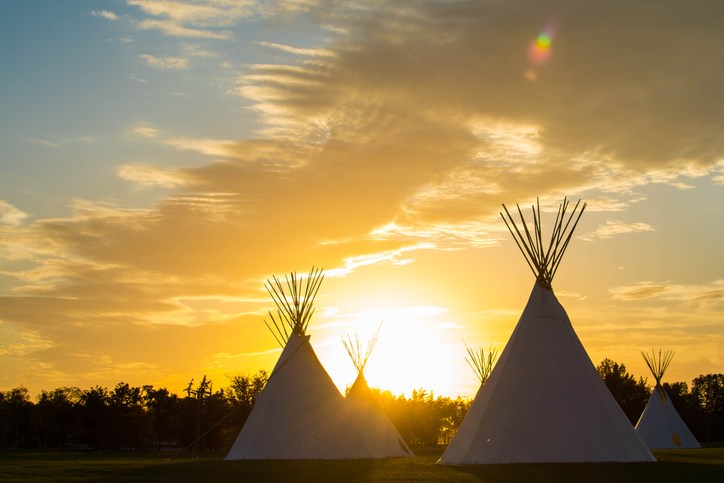The Western Development Museum has announced that in partnership with Kanaweyimik Child & Family Services, tipis have been set up at the south lawn of the WDM North Battleford for summer activities in 2021.
The tipis will be used for cultural activities from June 9 through Aug. 27. According to a news release, these include tipi teachings, moss bag teachings, dry meat making, story telling and crushing chokecherries. There will be sessions on inter-generational impacts on Indigenous families as well.
A private pipe ceremony will take place Wednesday, June 9 at 9 a.m. with Kanaweyimik Child & Family Services and WDM staff. The public teachings will begin at 11 a.m.
Teachings will then take place Wednesdays through Fridays from 11 a.m. to 5 p.m. and are free with admission.
To celebrate National Indigenous Peoples Day on June 21, powwow dance demonstrations will take place at 1 and 3 p.m. in the heritage village. The events can accommodate up to 150 people under current guidelines.
Full schedule details are found at www.wdm.ca/nb-tipi-teachings.
“We are honoured to partner with Kanaweyimik Child & Family Services and grateful for the teachings they will be sharing with us this summer,” said Joan Kanigan, WDM CEO, in a statement.
“In the spirit of reconciliation, Kanaweyimik wishes to provide some basic teachings to create a better understanding of local Indigenous history, culture and traditions ,” said Marlene Bugler, executive director, Kanaweyimik Child & Family Services.
“It is intended for those wishing to understand our history and culture. An opportunity came to partner with the Western Development Museum to fill a gap in the local history portrayed at the museum and Kanaweyimik took the opportunity. The Battlefords and surrounding communities have a shared history and it’s time to share our history.”
Bugler notes the rest of the museum has strong focus on non-Indigenous history but little on Indigenous history.
“We appreciate the opportunity to share our history. We invite you to come and learn at the tipi village.”



